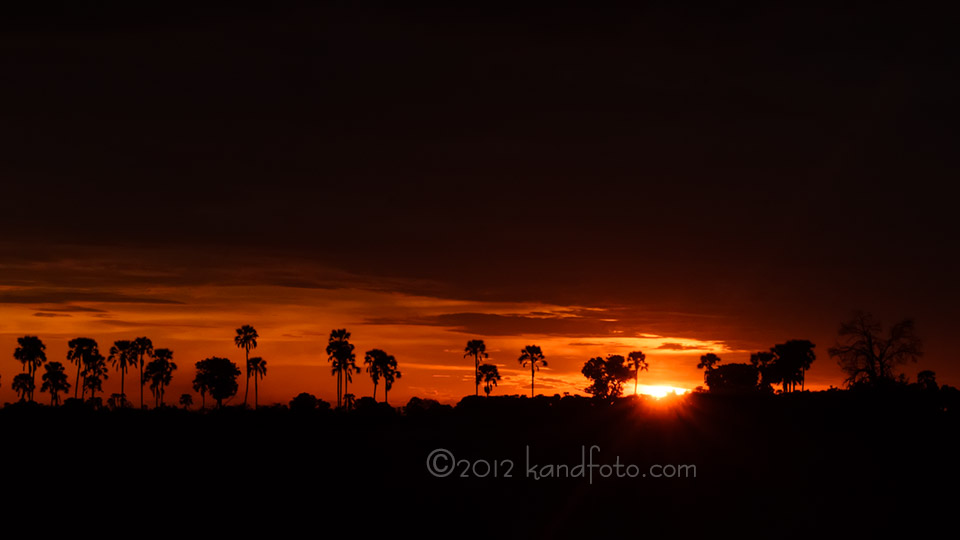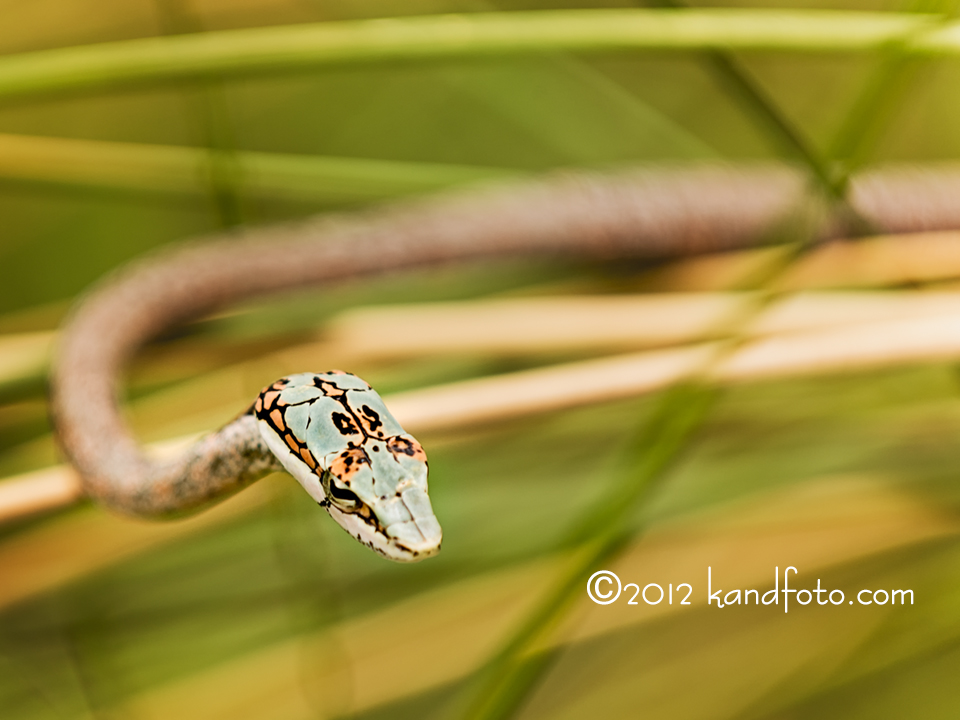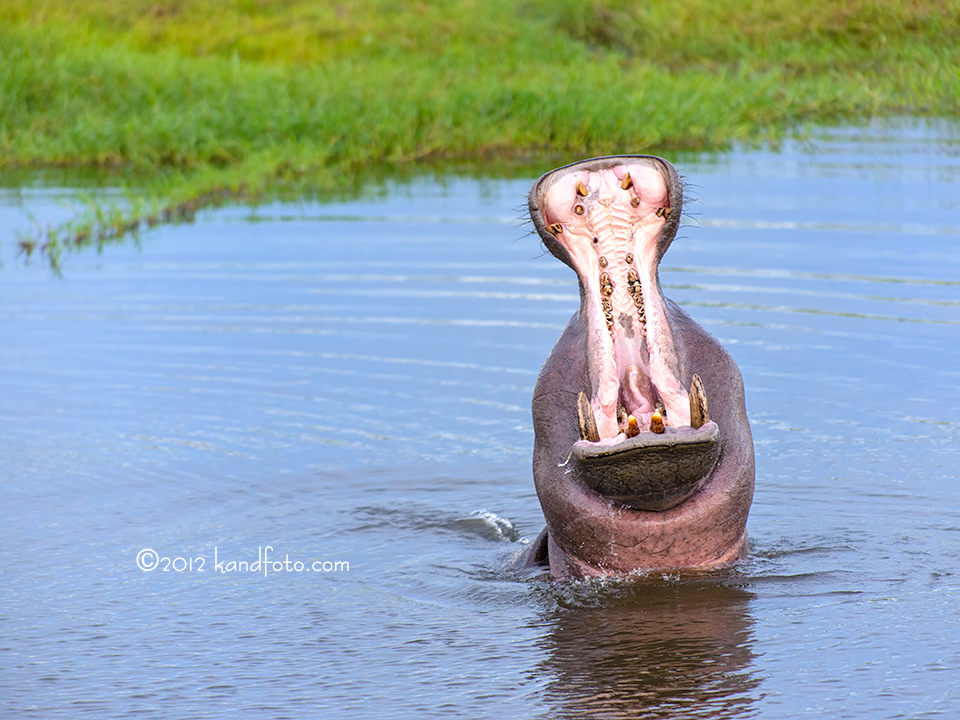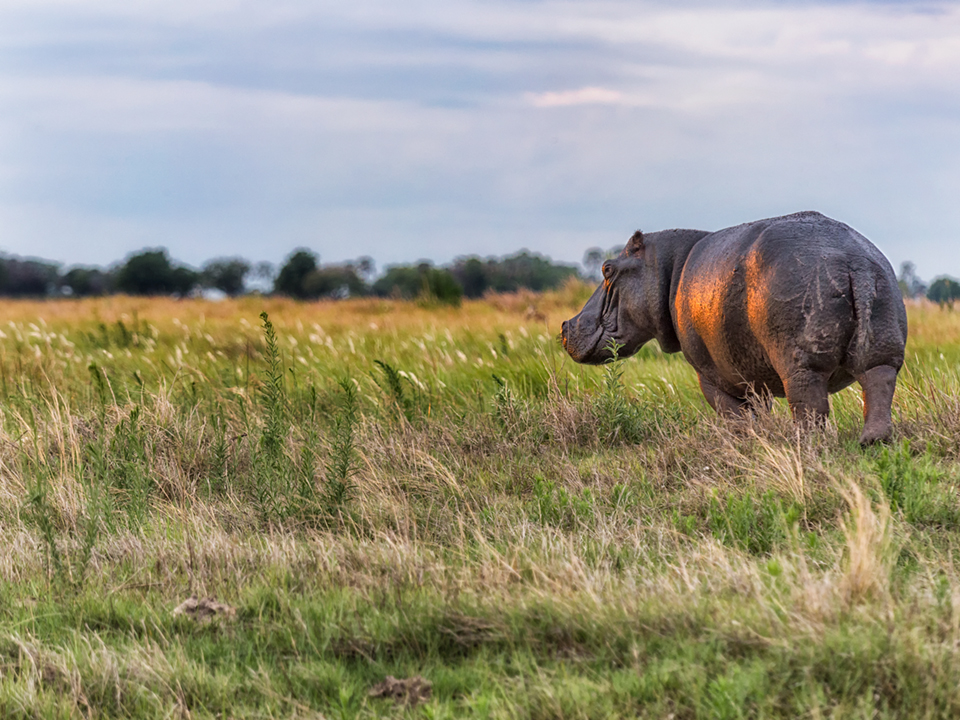Part II: There are More Dangers than Big Cats
“It is in the African night that our worst fears are realized, when tiny pieces of our ancient memory filter through to the present consciousness – and because we have moved so far from the time of the ever-present dangers of the wilderness to such that the wilderness has become the unknown, the fears of the African night are multiplied. The cry is of death and survival, for the wilderness never takes without giving. In reality this experience is what faced our ancestors on a daily basis – with the exception that they were part of the landscape that we marvel at from the safety of our developed world.” An excerpt of Okavango Safari Journal by Leigh Kemp.
Our first night at Sandibe Safari Lodge, laying in my bed and listening to the sounds of Botswana as it lulls my tired and jarred bones to sleep, I heard the roar of lions nearby. That chilling cry shattered my drowsy thoughts and pulled me back into reality . . . the Okavango floodplain is a dangerous place, and WHAT THE HELL AM I DOING HERE! The cry is a spilling of blood. My immediate thought . . . is our small camp room secure enough? For gosh sakes, one of our walls is a SCREEN.
In Part I: These Amazing Cats of Botswana can bring out the primal fear that lies deep inside all of us . . . the fear of being attacked by one of these big cats. But, there is much more to fear than just big cats . . . Hyenas, hippos, insects, spiders and SNAKES. There is much to fear in Africa. “Kandace, we ain’t in Kansas no more!”
Vine Snake
After returning from our morning game drive, someone in camp said there was this “neat looking” snake by the pond in the reeds. Of course, I grabbed my cameras, and off I went. It’s an interesting snake since it looks like a brown stick laying on the green reeds. This snake laid completely still almost frozen . . . no flicking tongue, no movement in the eyes, no head turning.
At first, I shot the snake straight on. However, I wanted to try different angles to capture as much light as possible as this area of the pond was completely covered by a canopy of massive ebony trees. I first used the 70-200mm lens and shot from a short distance but I wanted more of the environment surrounding the snake so I switched to the 24-70mm lens and moved in much closer, getting on my knees so as not to be shooting down on the snake. I wanted eye level.
Later I learned from a book on African reptiles that this snake I had my nose practically in its face was a Vine Snake. An African Vine Snake is HIGHLY POSIONOUS with no known anti-venom. Oh boy, the bile began to rise as I read on. If bitten, it stated, go immediately to the hospital. Well, the frigging hospital is hours, maybe days, away by bush plane.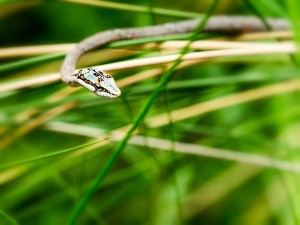
But wait, I am not through . . . think about what are some of the most dangerous animals you know. Bears and big cats, right? I know, I know, and Man.
Hyenas
Remember when Capt. Quint, in “Jaws,” was eaten alive by the Great White Shark, well, there are animals that will eat you alive roaming the African savannah. People often think of Hyenas as scavengers feeding on the carrion of another’s kill but that is not always the case. A pack of hyenas will eat their prey alive. They lack the ability to bring their prey down with one bite much like lions or leopards or bears. Hyenas made the “Ten Truly Awful Ways to Be Killed”
Hippos
Looking at hippos, one might think they are sloppy, slow and sluggish animals. Don’t be fooled by appearances! Hippos can outrun you and and are believed to be the second most dangerous animals in Africa. Because of human/animal land conflict the hippos invade farmlands at night to feed and destroy the crops, and this is where the problem starts.
We were on a game drive near the northern end of the private concession 29 near the Moremi Game Reserve when we came upon a small hippo pond. Our guide stopped the vehicle, and we actually got out. I slowly started creeping up on a family of hippos when the guide warn me not to get too close. The male hippo charged, with head raised and massive jaws agape, out of the water–a fierce warning from an animal that can weigh as much as three tons! My husband thinks it’s just a display of “manliness” for the ladies but I beg to differ. Their dangerous and fast. The hippo was not happy with this intrusion. These animals are loud and their “yawn” is a posturing threat!
While fly fishing on the Okavango River, in the panhandle of the Okavango Delta, our guide was quite wary of hippos, actually to the point of frightened. He told us you do not want to be in a boat on the water when hippos are nearby.
At the time, I had only seen and photographed hippos in the water. I was anixous to shoot a hippo out of the water. And, I did, with a sunset to boot.
Crocodiles
We usually had our sundowners, a festival celebration at the end of a great game drive day, at a hippo pond. Must I forget, I was constantly reminded of crocodiles lurking in the shallows or at the water’s edge. And, when we were fly fishing on the Okavango River, we got quite close to crocs. Unfortunately, I was not able to get as many photos as I would have liked. They are an elusive reptile.
The vidographer, that was doing a promotional video for Nxamaseri Lodge, told us crocs are quite docile when first they enter the cold water. They lie perfectly still. He knows this because he has done underwater videoing of crocs. He made a pretty interesting statement . . . crocs do not see us as a food source when in the water. I sincerely hope I never ever have to test his theory.
Coming soon . . . Part III – Spring Time on the Delta
